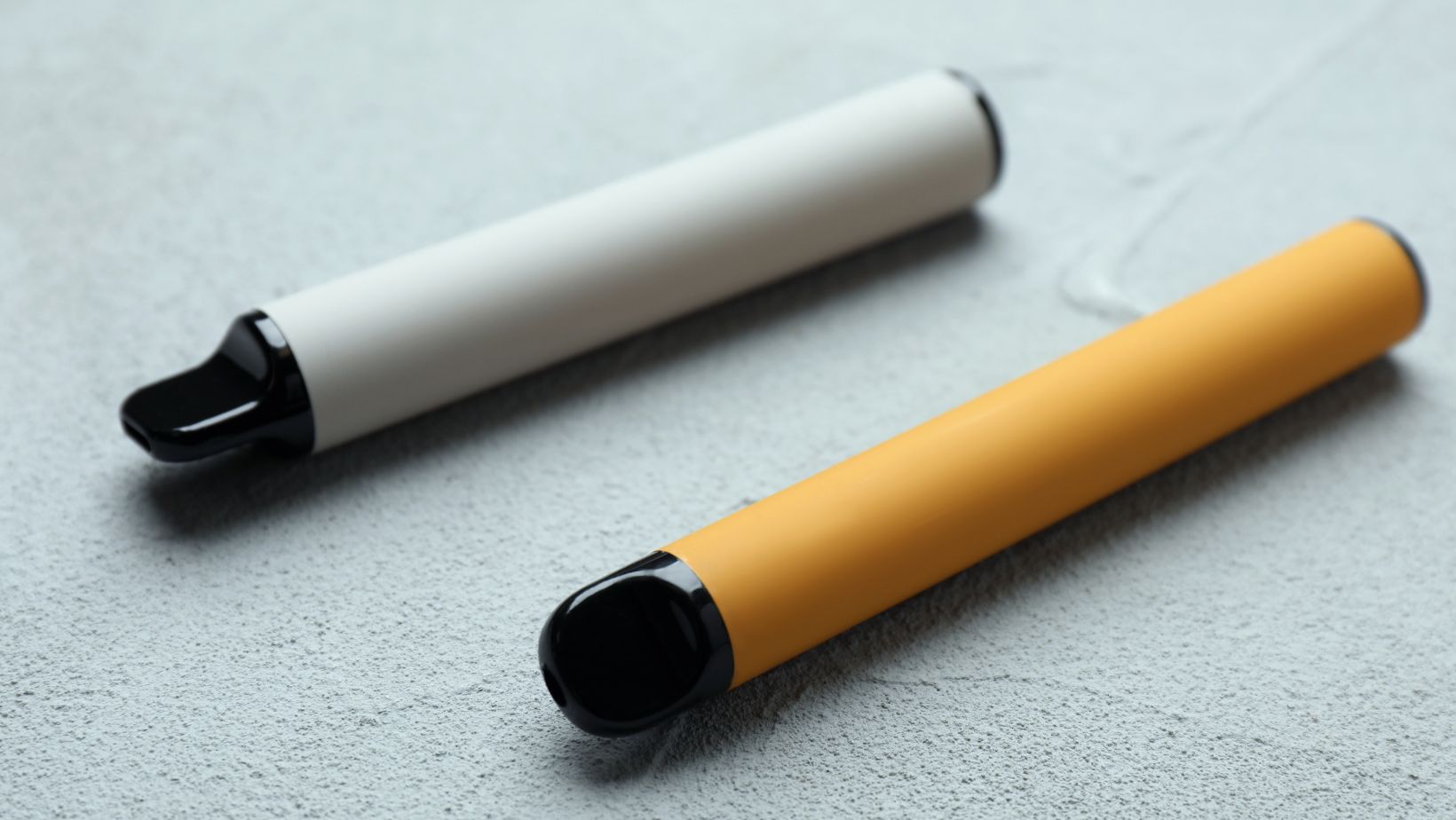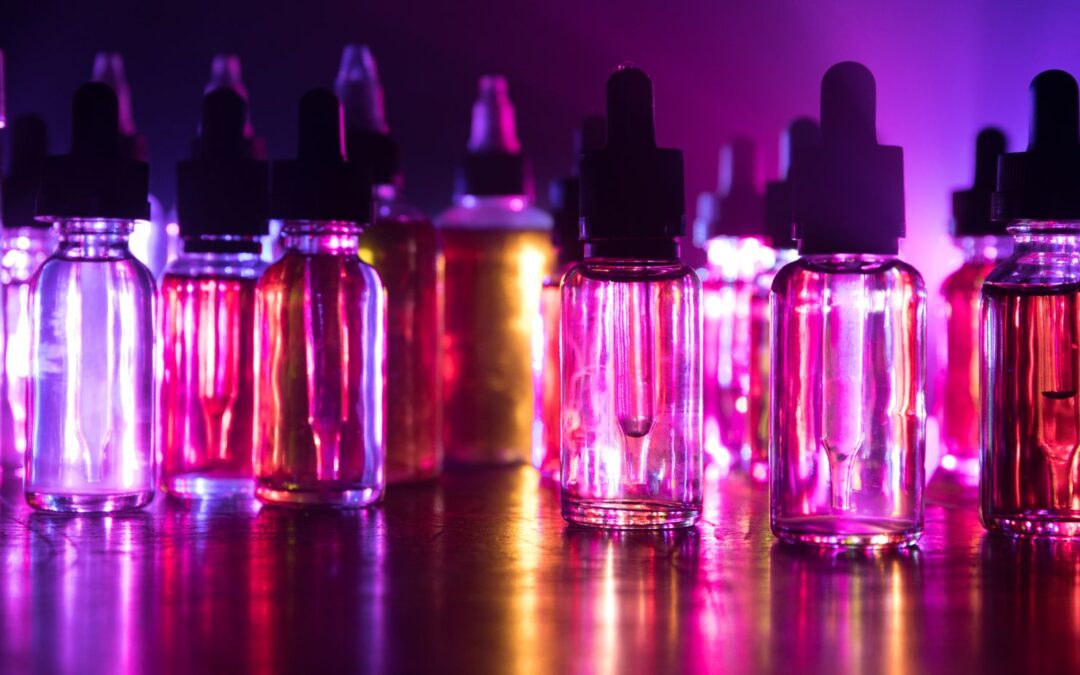When you smoked a cigarette for the first time, there’s a good chance that you felt sick and nauseous. Some people even throw up when they smoke for the first time. You stuck with it, though, because you liked the nicotine rush. That probably wasn’t the smartest decision you’ve ever made, but the good news is that vaping now exists to provide a superior alternative for those who can’t or won’t stop using nicotine.
Given the many benefits of vaping – and the fact that many people report feeling better after making the switch – you’re likely to feel pretty surprised if you buy your first disposable vape and end up feeling the same kind of nausea that you experienced when you smoked for the first time. What’s going on? Why do disposable vapes make you feel sick?
As you’re about to learn, there are a few likely reasons why you might feel ill or nauseous when you use a disposable vape – and in most cases, those reasons are easy to detect and correct. In this guide, we’ll help you get through it. Let’s jump in.
You’re Consuming More Nicotine Than You Need
Without a doubt, the most likely reason why you’d feel sick after using a disposable vape is because you’re consuming more nicotine than you need. A disposable vape offers roughly the same nicotine delivery as a cigarette, but it tastes far better and has none of the harshness of smoke. Without the aching lungs and throat to tell you that you’ve had enough – and considering the fact that a disposable vape doesn’t burn out after a few puffs like a conventional cigarette – it’s very easy to end up vaping almost constantly because the experience is so much more enjoyable than smoking. In the process, you can overconsume nicotine and make yourself feel sick.
What are the possible signs that you’ve consumed too much nicotine? According to the American Lung Association, those signs may include:
- Feeling nauseous or throwing up
- Feeling anxious, shaky or dizzy
- Headache
- Overproduction of saliva
- Stomachache
- Fast heart rate or palpitations
If you’re consuming too much nicotine after switching to vaping, here’s what you need to know.
- When you vape, try to follow the same usage patterns that you observed as a smoker. You’ll usually puff on a cigarette about 10 times before putting it out. If you puff on a disposable vape more times than that during a session, you should pause to evaluate whether you’re really still craving nicotine or are just vaping because it keeps you busy. If your cravings are satisfied, put your vape down for a while and resume vaping later. Your goal should be not to vape more often than you would have smoked.
- If you only smoke infrequently or smoke low-nicotine cigarettes, it’s possible that the 50 mg/ml nicotine strength used for most disposable vapes is too high for your needs. In this case, it might be wise to switch to a different strength. Low-nicotine and non-nicotine disposable vapes aren’t easy to find, but they do exist.
You’re Using a Fake Vape
Have you ever read about fake vapes? If you haven’t, you may not know how common they are. An operation carried out by the well-known Elf Bar brand in 2021-2022 resulted in the seizure of over 2 million fake Elf Bar vapes, and that was just one operation done by one company. If Elf Bar managed to find and confiscate 2 million devices, you can just imagine how many more fake vapes elude detection every day and eventually end up on store shelves.
You should be worried about fake disposable vapes because they can possibly make you feel sick. Here’s why.
- The amount of nicotine in the device may not actually be what’s stated on the package, and you could be consuming much more – or much less – nicotine than you think as a result.
- The device could be contaminated with filth or microbes. It’s a well-known fact that fake vapes are often made under extremely unsanitary conditions. Workers have even been recordedpuffing on the devices to test them before putting them in their boxes.
- The device could contain undeclared additives or manufacturing residue such as machine grease.
The good news is that avoiding fake vapes doesn’t have to be difficult. Here’s what you need to do.
- Always buy your vapes from a trusted vape shop. A good vape shop will always buy its devices direct from the original manufacturers or authorized distributors. Fake vapes usually end up in places like convenience stores and gas stations.
- Examine the packaging closely before buying a disposable vape. The packaging for a fake vape will often be noticeably lower in quality compared to an authentic device.
- Always check the authenticity code on the box before using a disposable vape. Check the code by going to the manufacturer’s website manually and not by scanning the QR code with your phone. If the device is fake, the QR code may be fake as well.
You’re Allergic or Sensitive to Propylene Glycol
If you’re certain that you’re using an authentic device and aren’t vaping more often than you should, it’s worthwhile to consider the possibility that you might be allergic or sensitive to propylene glycol (PG). PG is the main ingredient in most vape juice, and a few people have found that they react negatively when exposed to it.

If you were allergic to PG, it’s likely that you’d know already because it’s a common ingredient used in many topical products such as deodorant, cosmetics and haircare products. It’s also used in edible products like shelf-stable foods and frozen treats. Still, there are a few people who have PG allergies and didn’t know until they started vaping.
Do you think that you may have discovered a PG allergy from vaping? It’s probably a good idea in this case to speak with your doctor about getting an allergy test. It is possible to vape without aggravating a PG allergy or sensitivity by using e-liquids that contain only vegetable glycerin (VG) and no PG. It’s important to note, though, that there are no VG-only disposable vapes on the market at the time of writing. It is possible to buy a VG-only e-liquid, though, and use it with a refillable vaping device.


